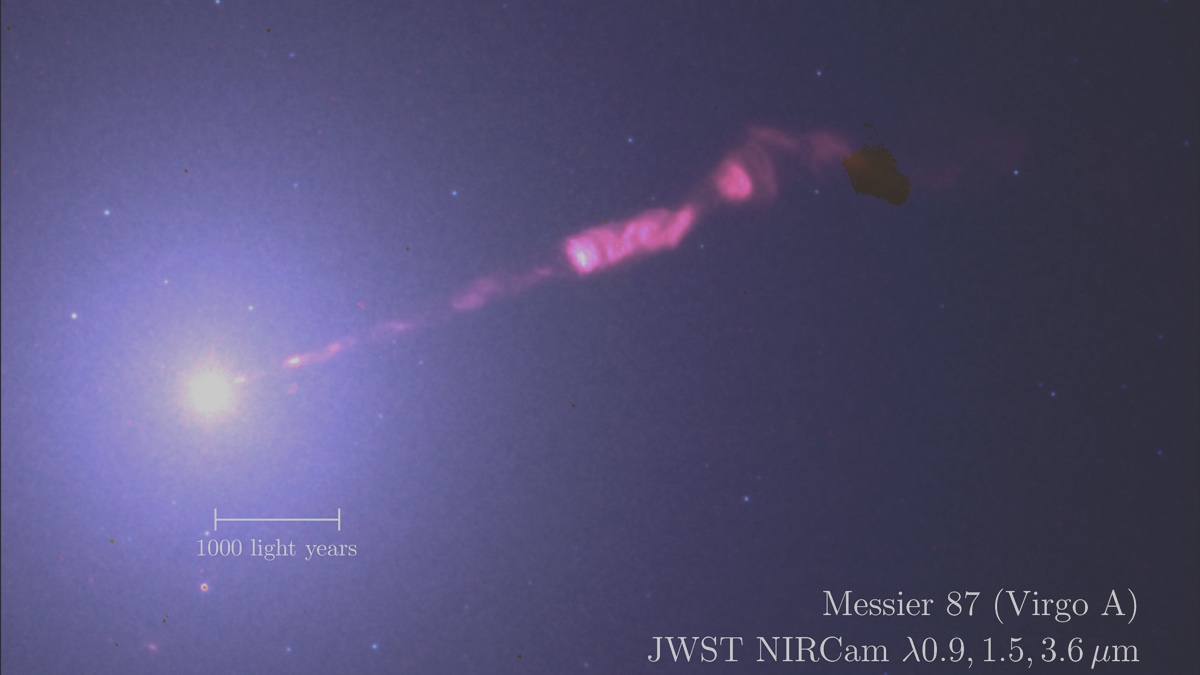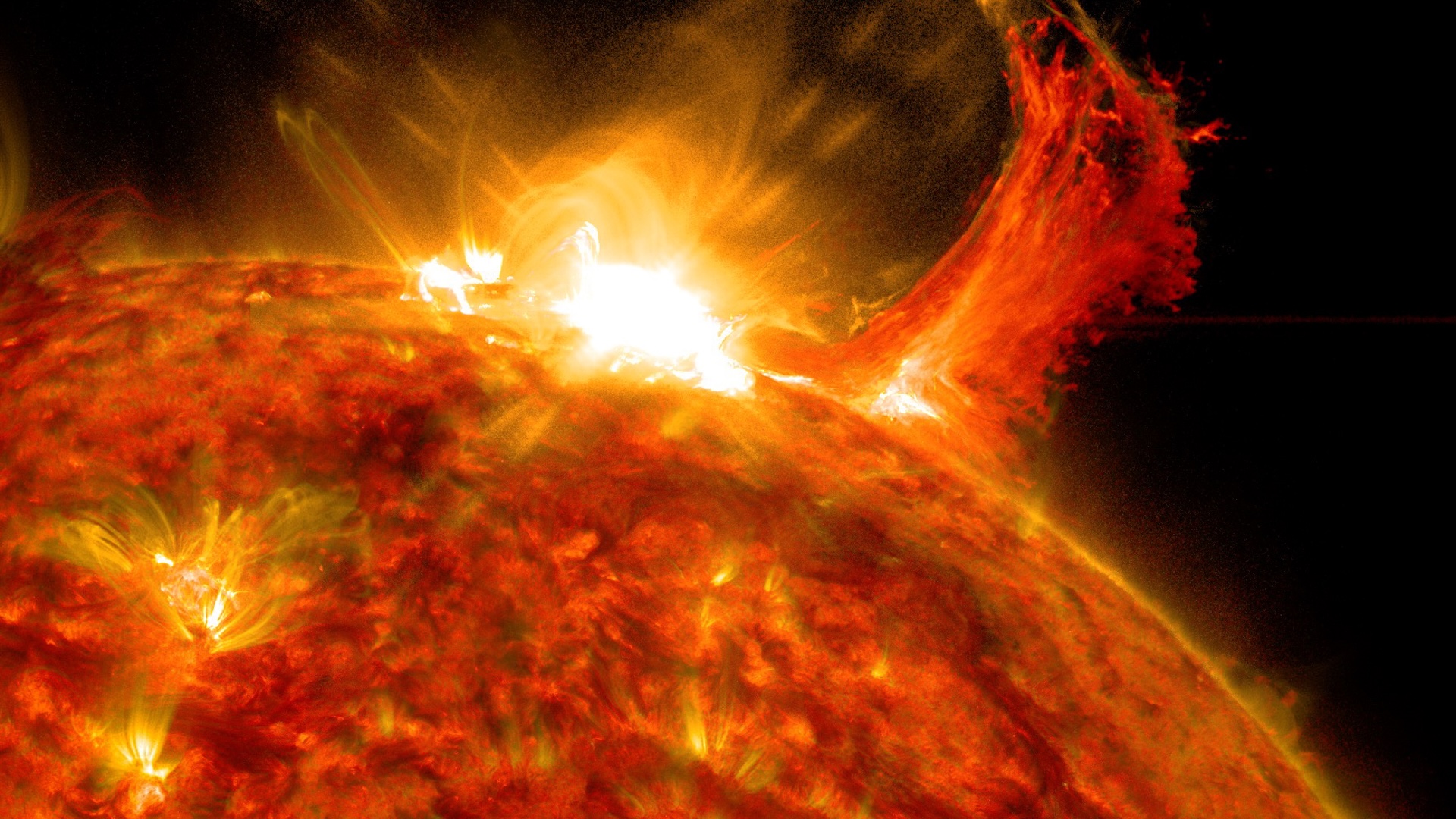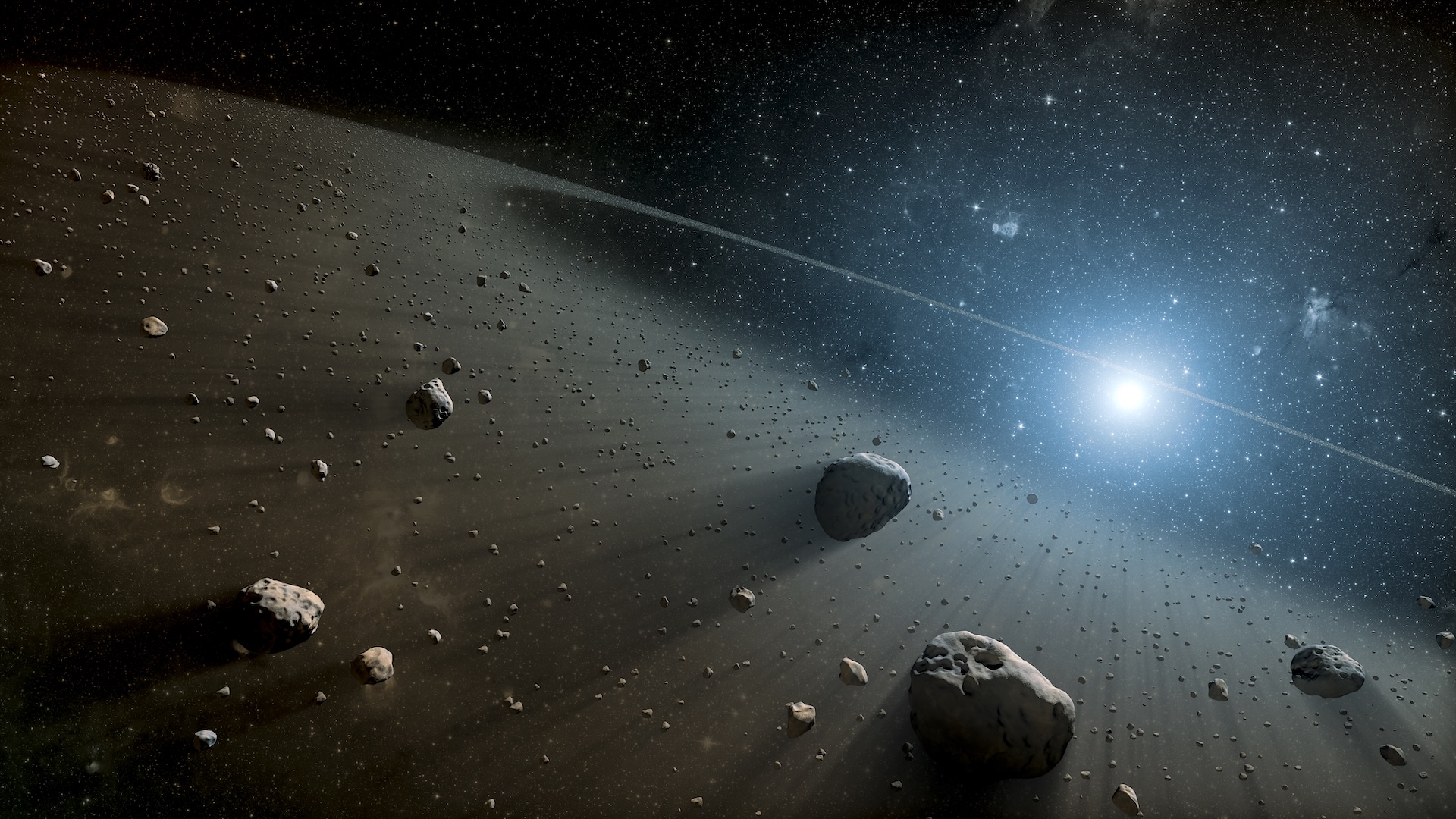Space news, features and articles
Explore Space
Editor's Picks
Latest about Space
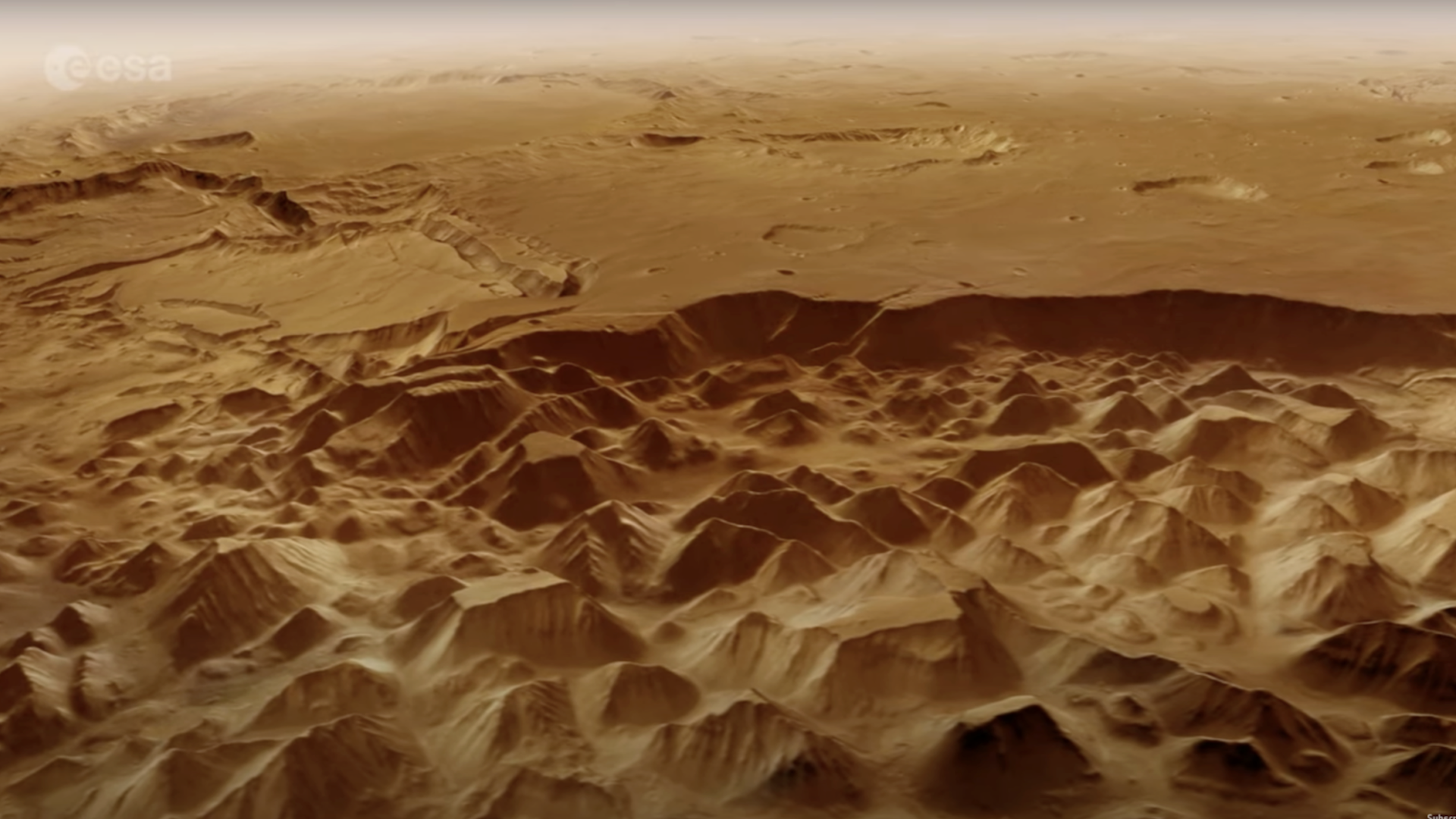
Soar through a 1,000-mile-long maze on Mars in this mesmerizing new satellite video
By Elizabeth Howell published
A stunning new video, made from Mars Express orbiter data, allows you to soar over a gigantic maze on the Red Planet in incredible detail.
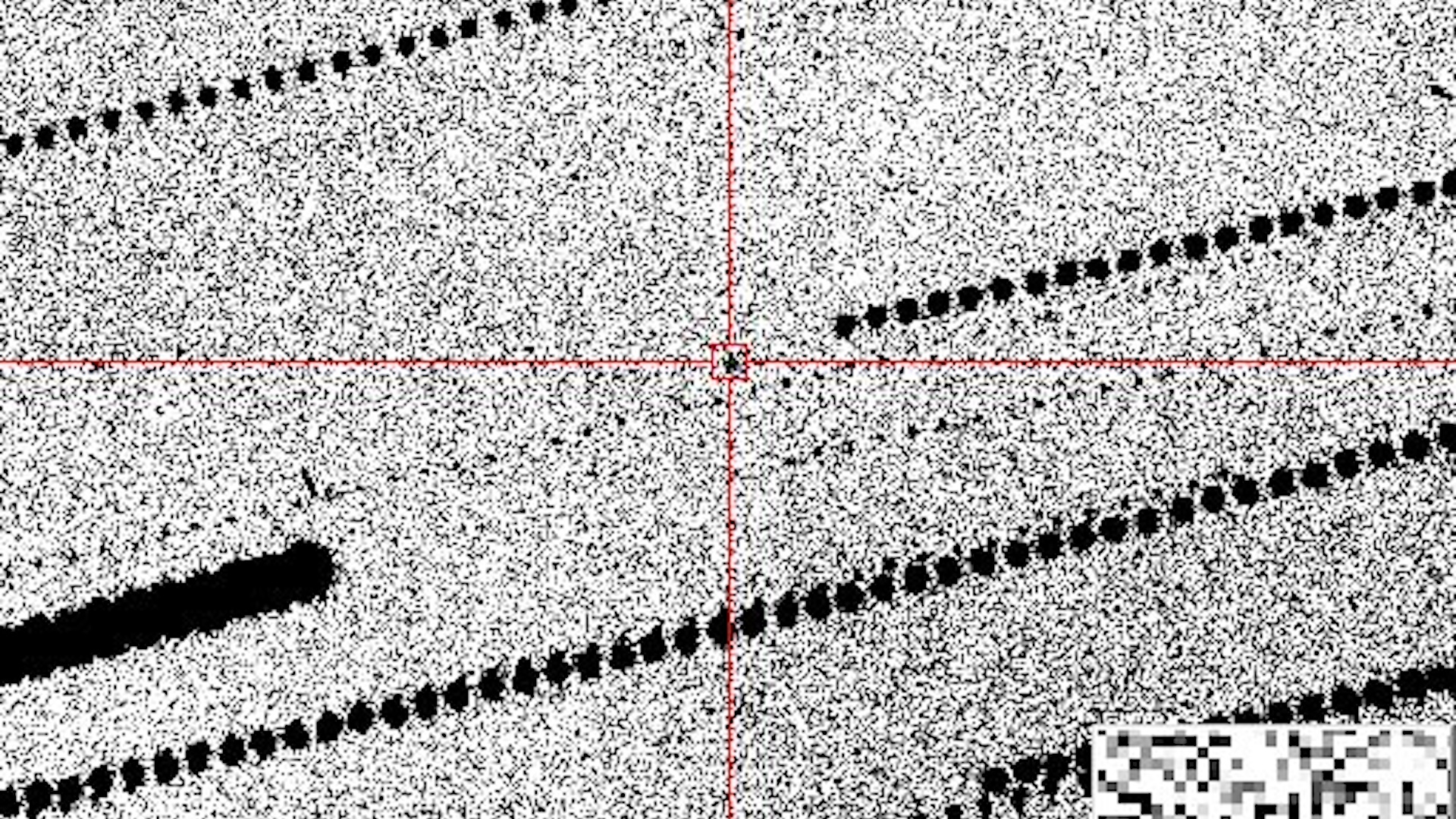
Sneaky asteroid zooms past Antarctica closer than a satellite — and astronomers didn't catch it until hours after
By Brandon Specktor published
A small, giraffe-size asteroid called 2025 TF came closer to Earth than some satellites on Wednesday (Oct. 1), stunning astronomers who first spotted it hours later.
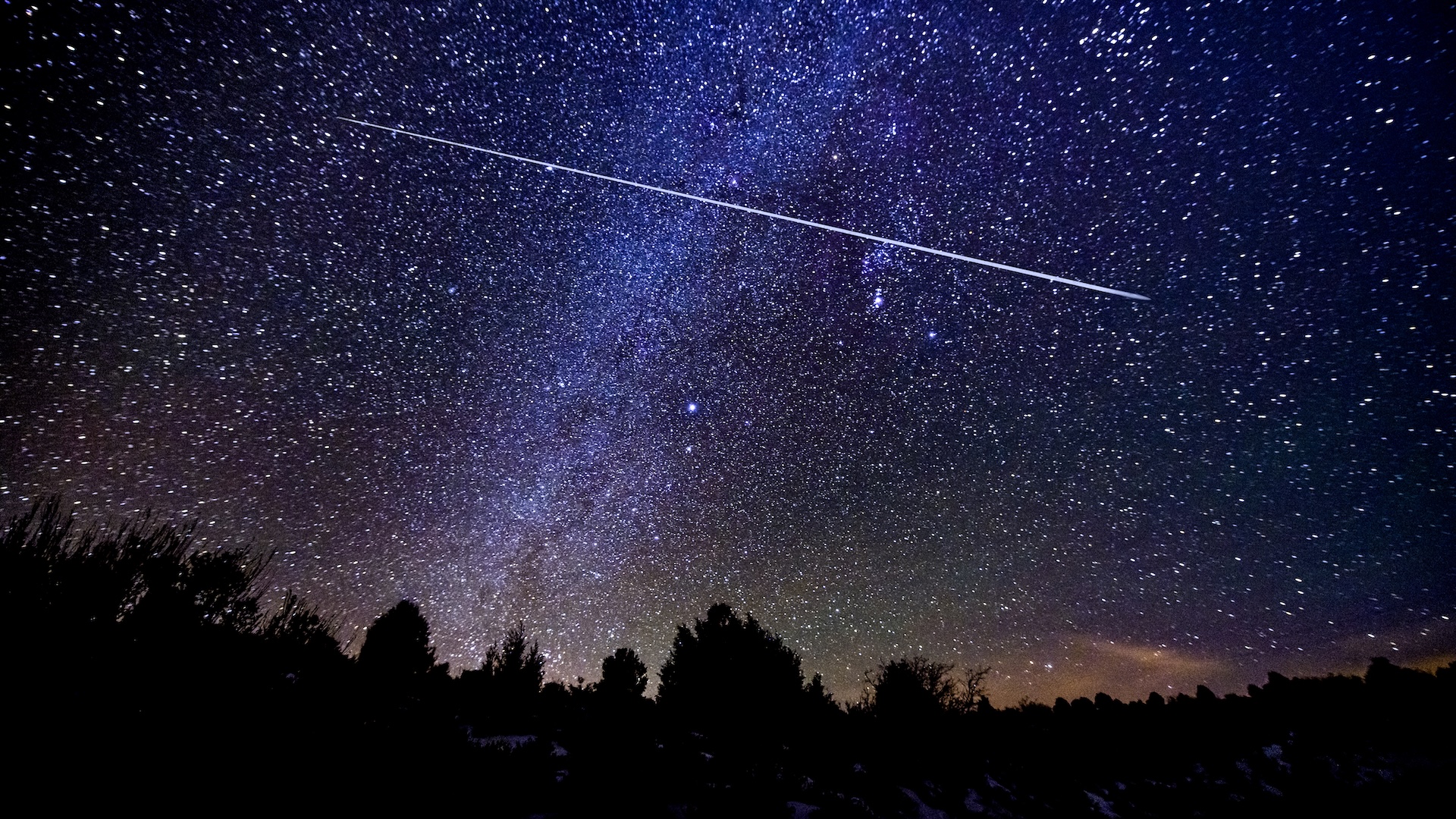
Dramatic 'fireballs' expected during Draconid meteor shower this week: How to get the best views
By Jamie Carter published
Expect a modest-but-convenient display of "shooting stars" after sunset, with a chance of bright "fireballs," as the Draconids peak this week.
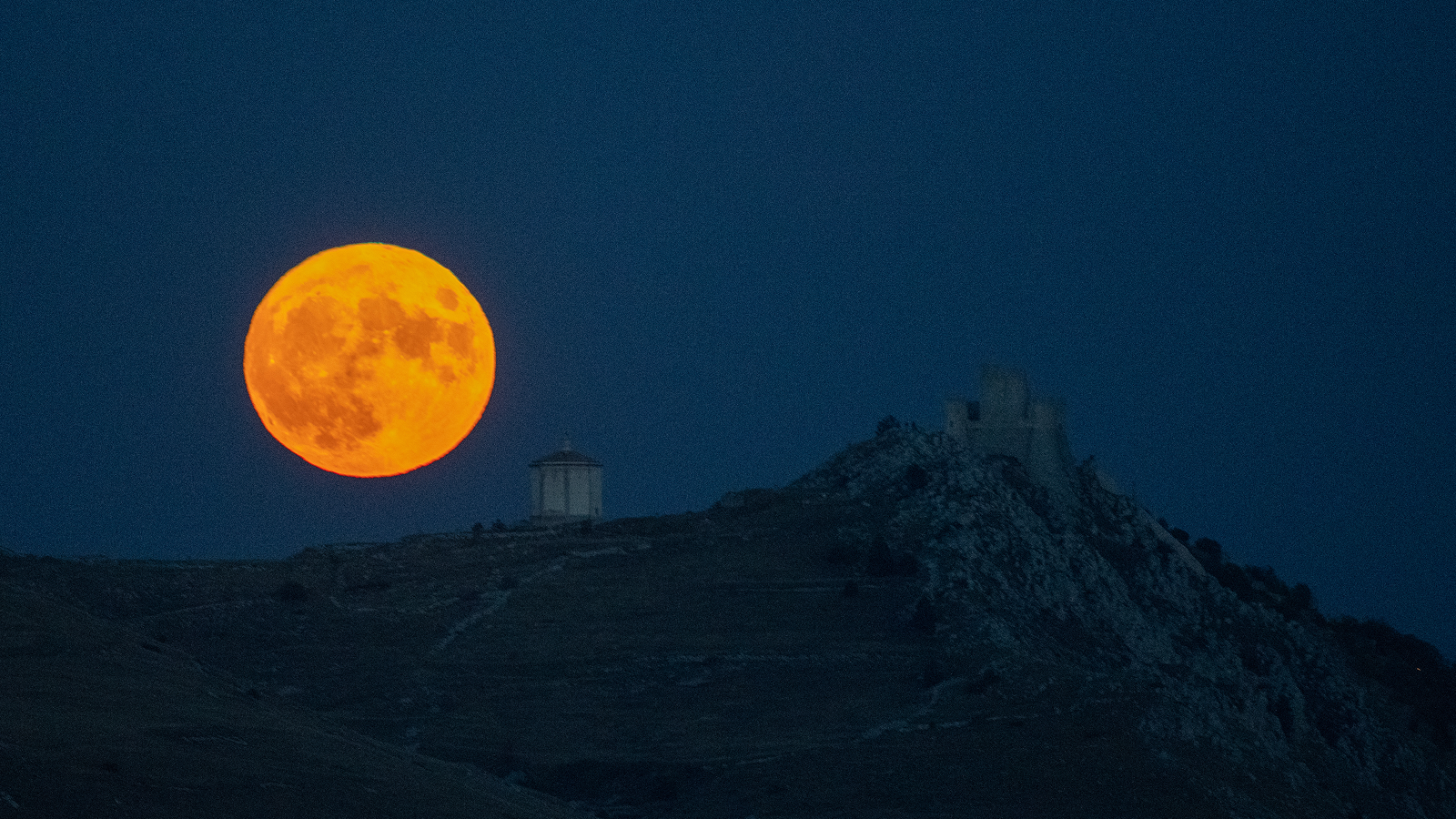
The full Harvest Moon supermoon rises tonight
By Jamie Carter last updated
The famous Harvest Moon — the first of three supermoons of 2025 — will be the first full moon of autumn when it rises tonight (Oct. 6-7).
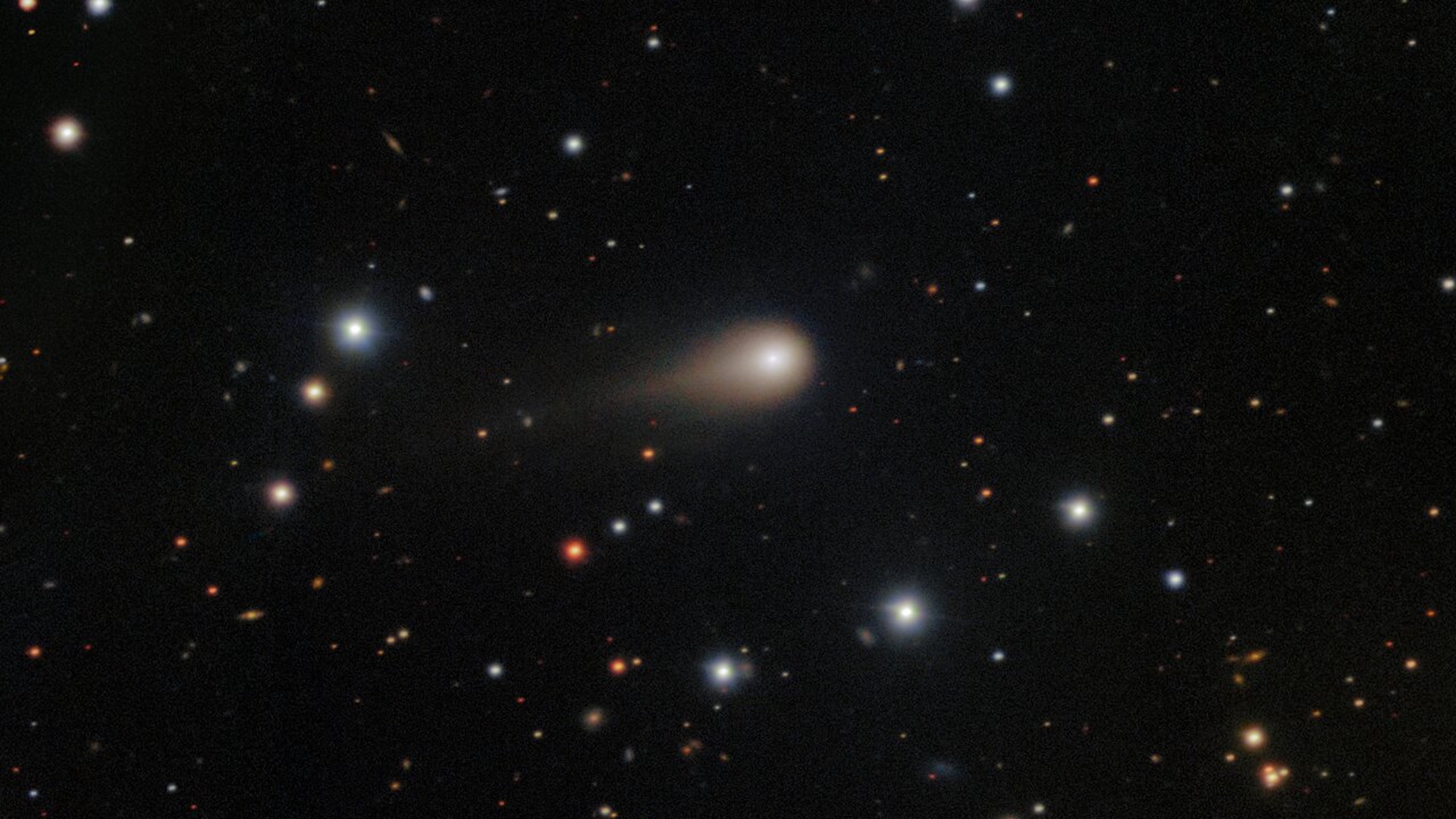
Interstellar comet 3I/ATLAS may come from the mysterious frontier of the early Milky Way, new study hints
By Brandon Specktor published
The interstellar comet 3I/ATLAS does not come from our corner of the Milky Way, and may be a time capsule of the early galaxy, new research into its trajectory hints.
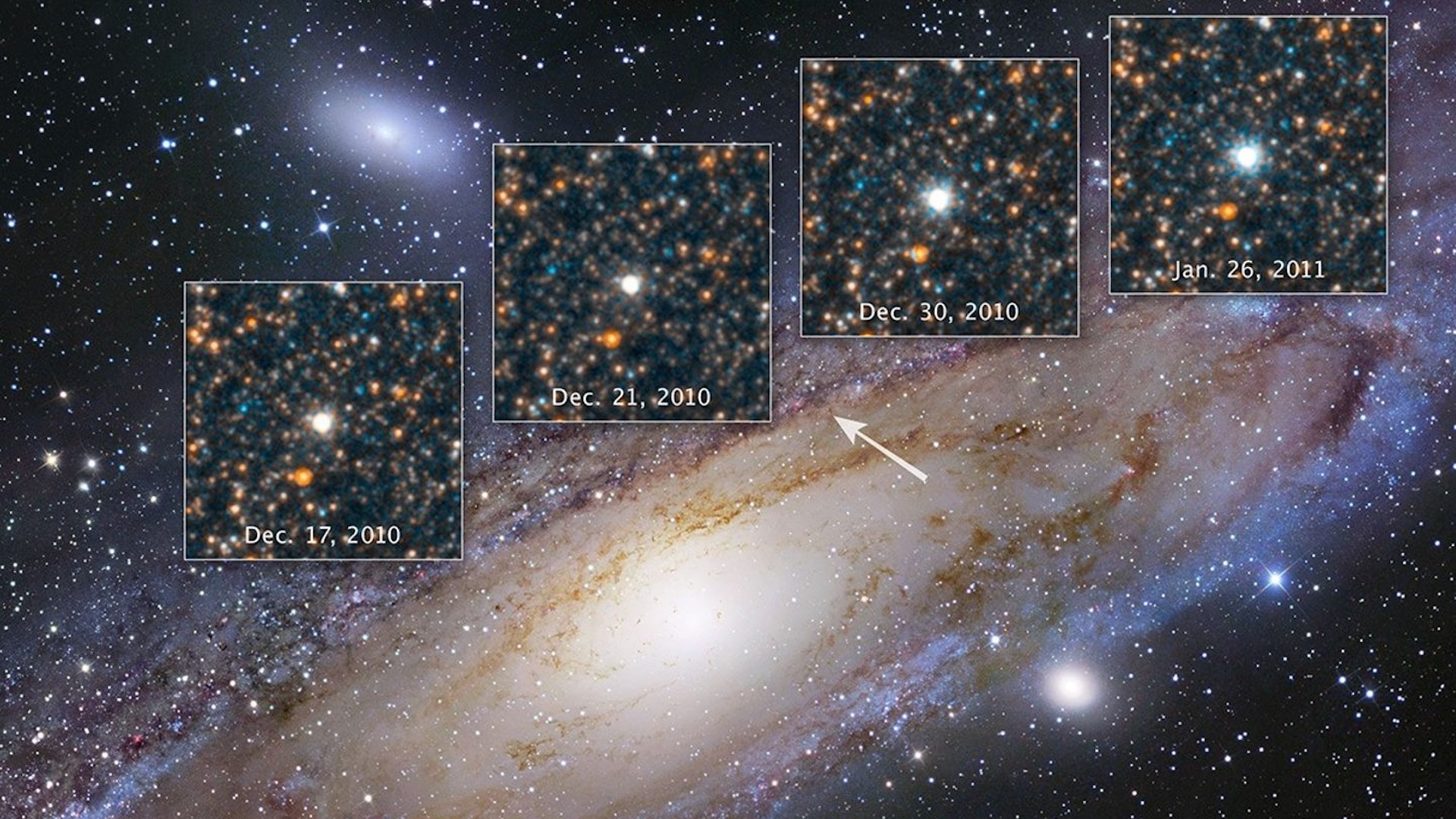
Science history: Edwin Hubble uncovers the vastness of the universe with discovery of 'standard candle' — Oct. 5, 1923
By Tia Ghose published
Science history On the night of Oct. 5, 1923, Edwin Hubble observed a strange star that flickered in intensity at regular intervals. The star, dubbed M31-V1, was key to showing that the universe extended far beyond the borders of the Milky Way.
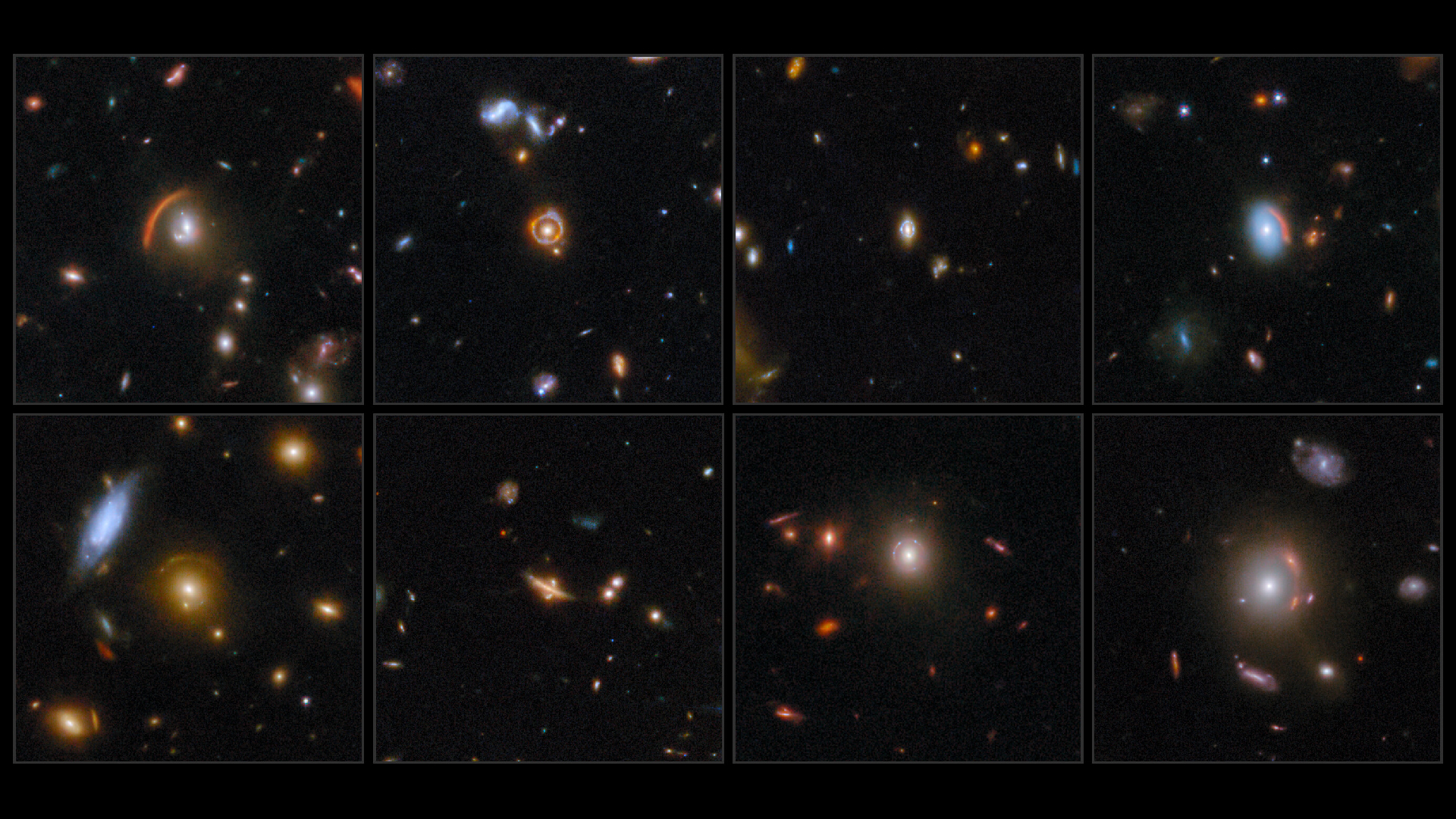
The James Webb telescope proves Einstein right, 8 times over — Space photo of the week
By Jamie Carter published
The James Webb Space Telescope's latest image shows eight spectacular examples of gravitational lensing, a phenomenon that Albert Einstein first predicted some 100 years ago.
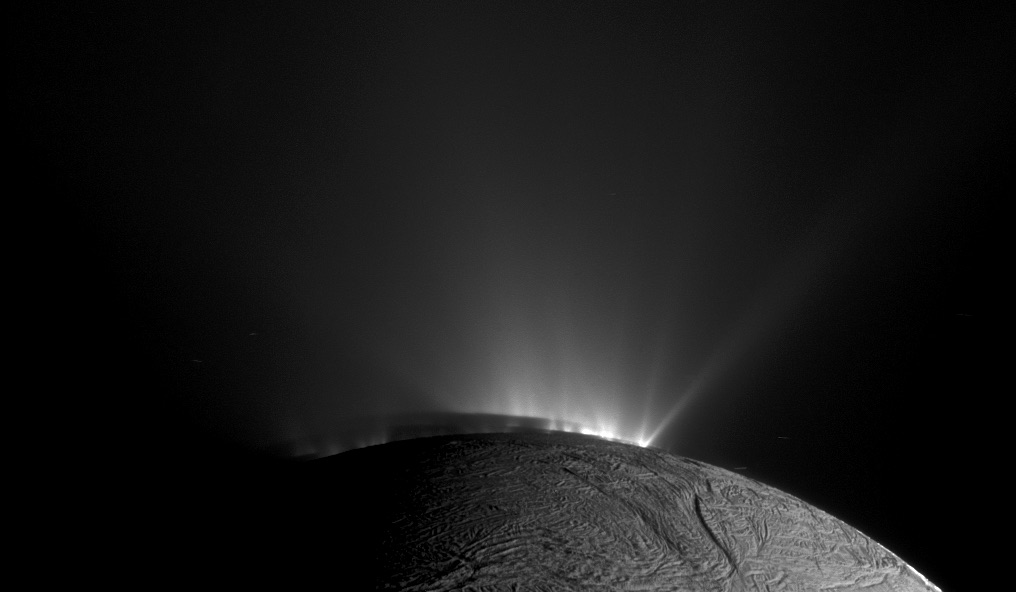
Scientists find best evidence yet that icy moon Enceladus is habitable
By Sophie Berdugo published
An ocean flowing beneath the surface of Saturn's moon Enceladus is spewing ice that holds the building blocks of life.
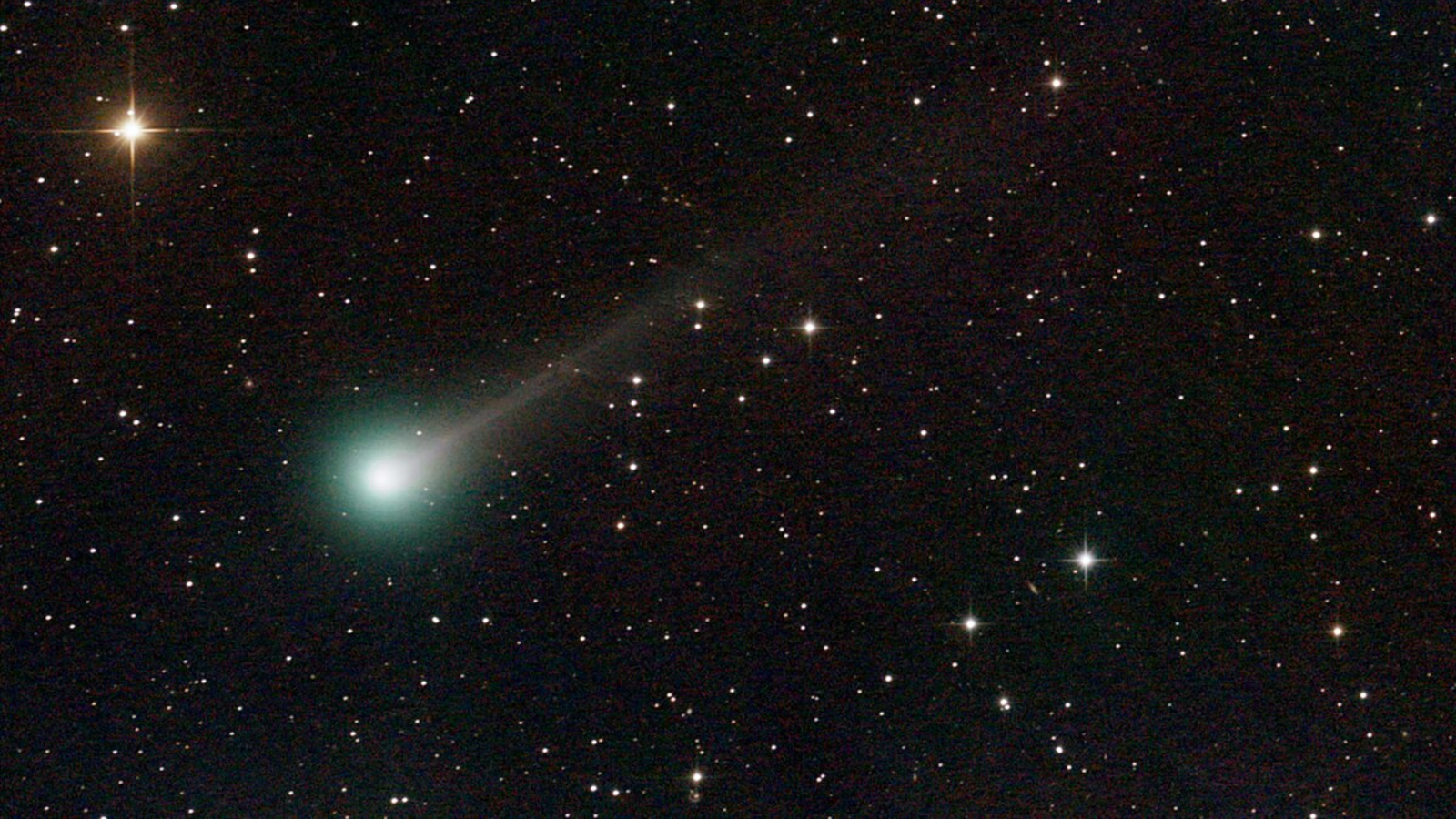
Newly discovered comet 'Lemmon' may be visible to the naked eye this month — but it will look more like a lime
By Harry Baker published
Comet Lemmon, discovered earlier this year, will make a close approach to Earth later this month, giving skywatchers the chance to see its surprising lime-green glow.
Get the world’s most fascinating discoveries delivered straight to your inbox.

